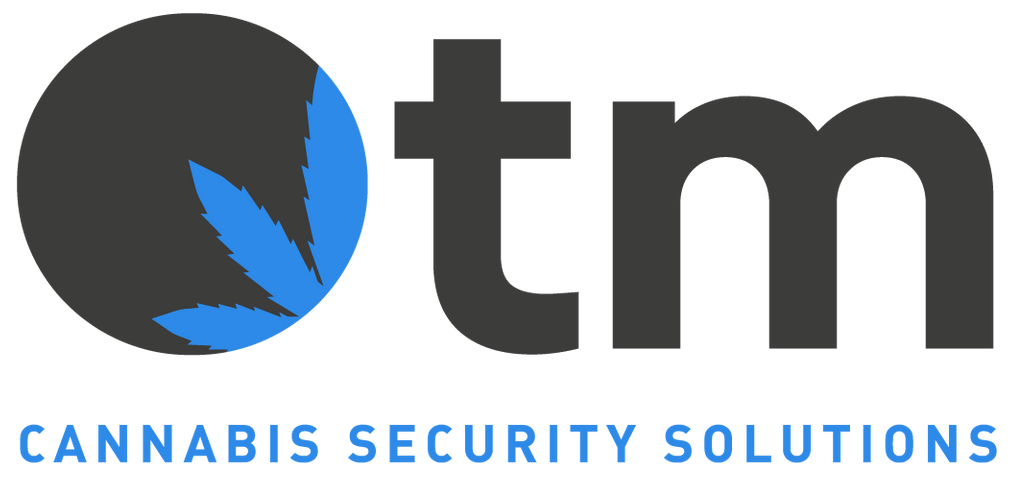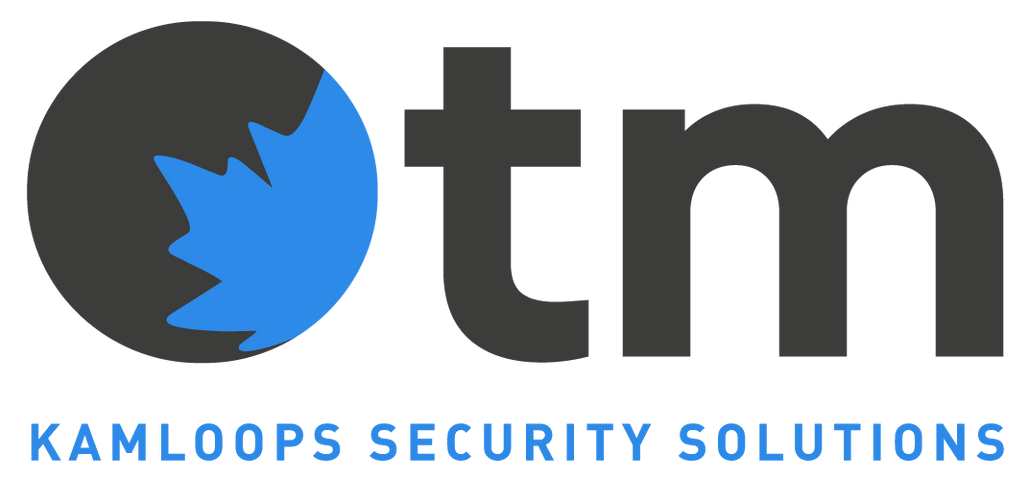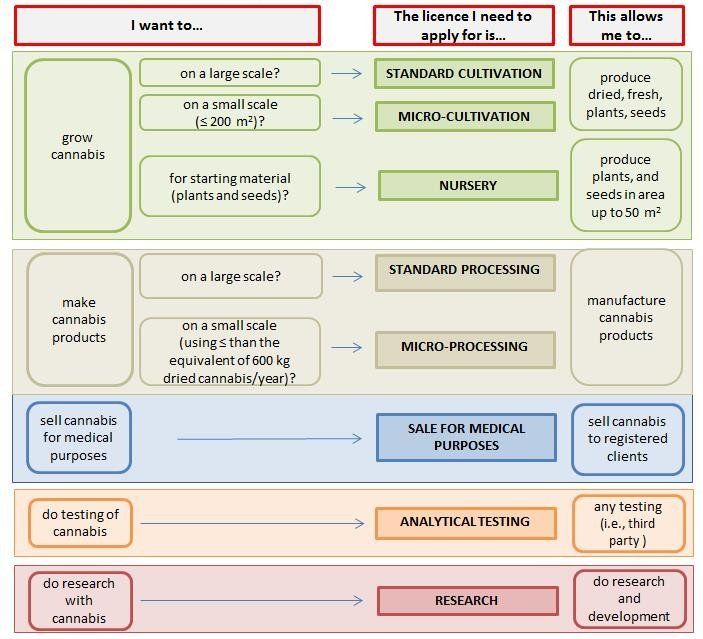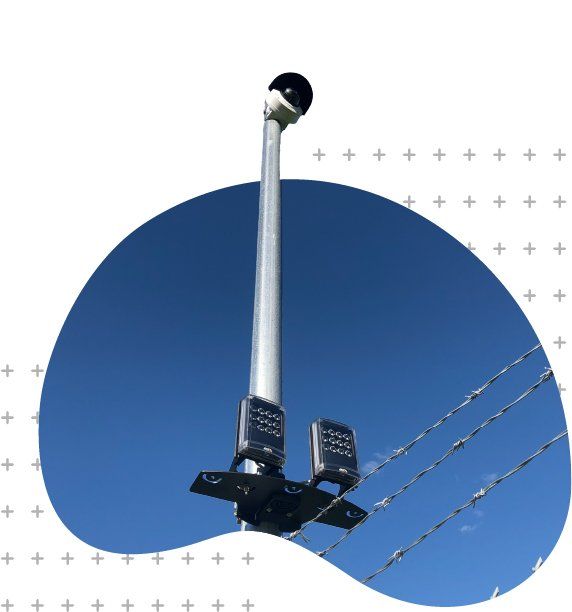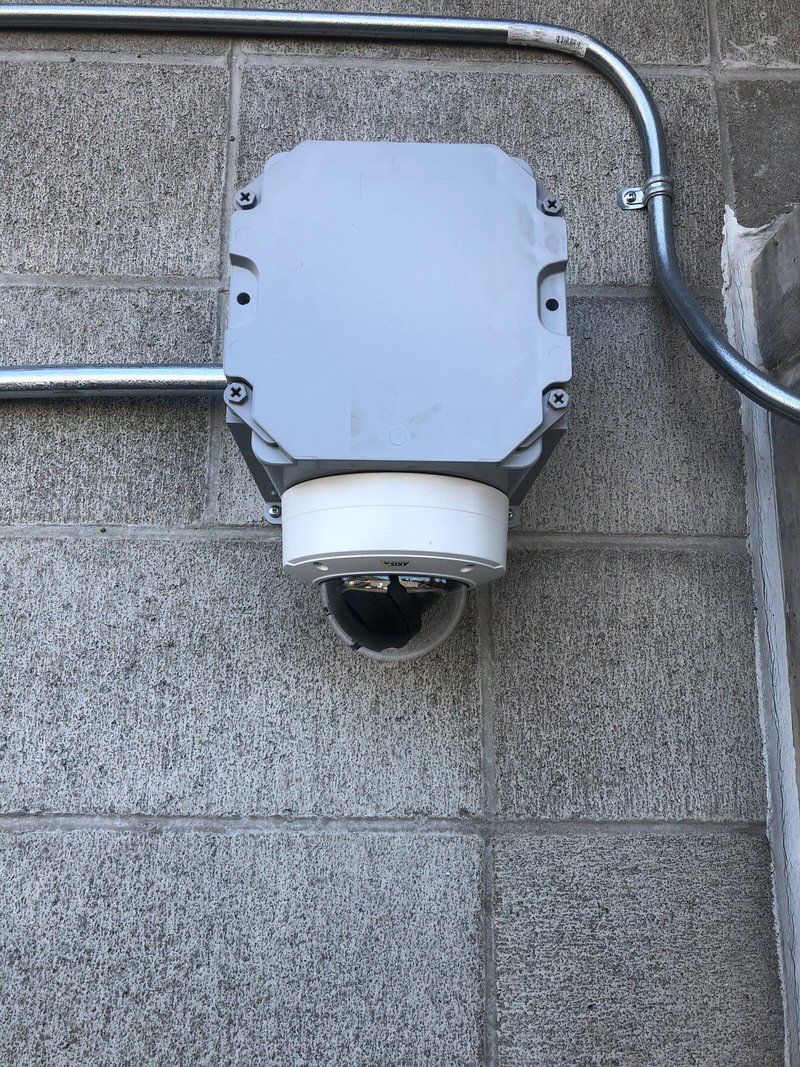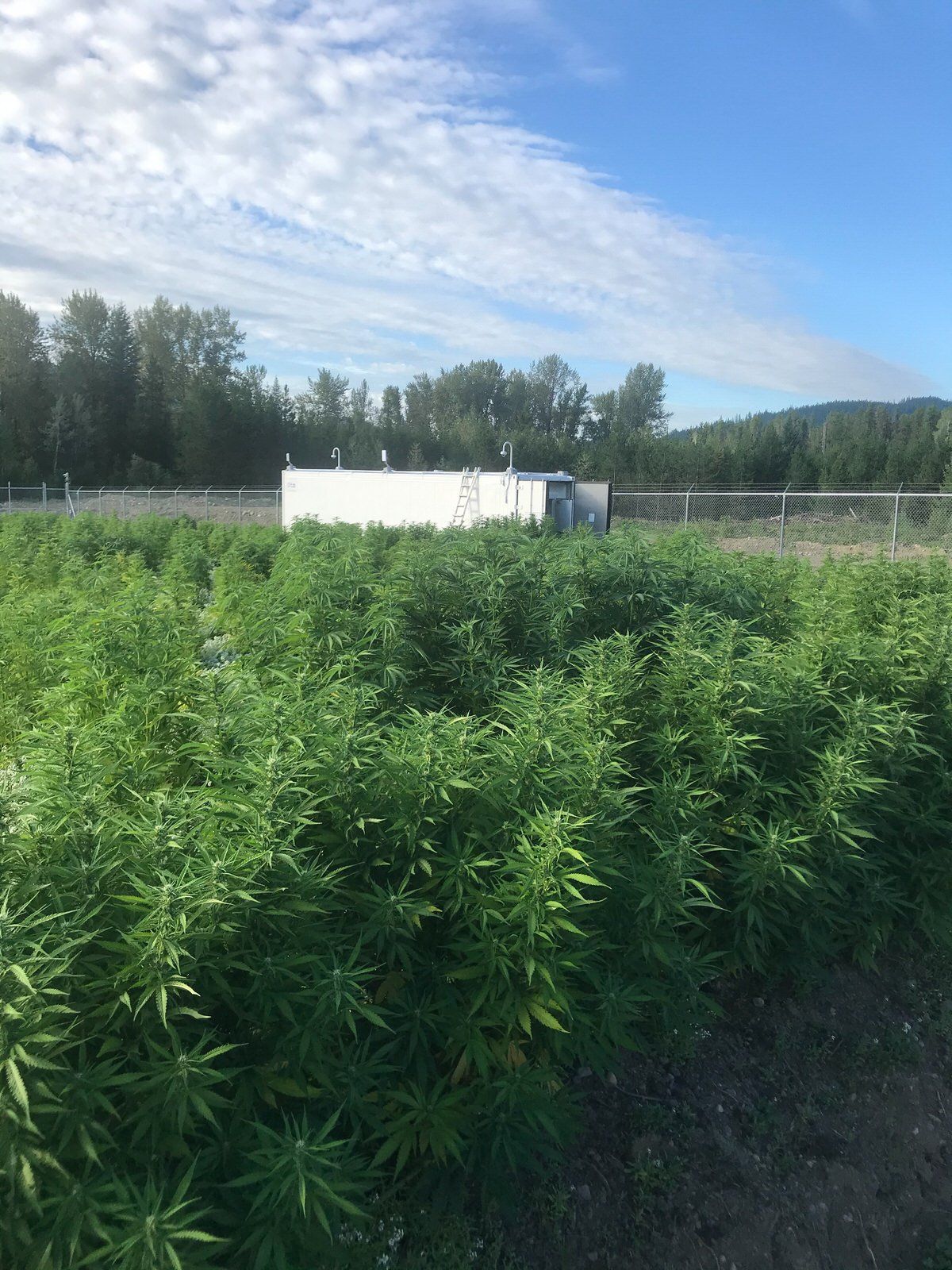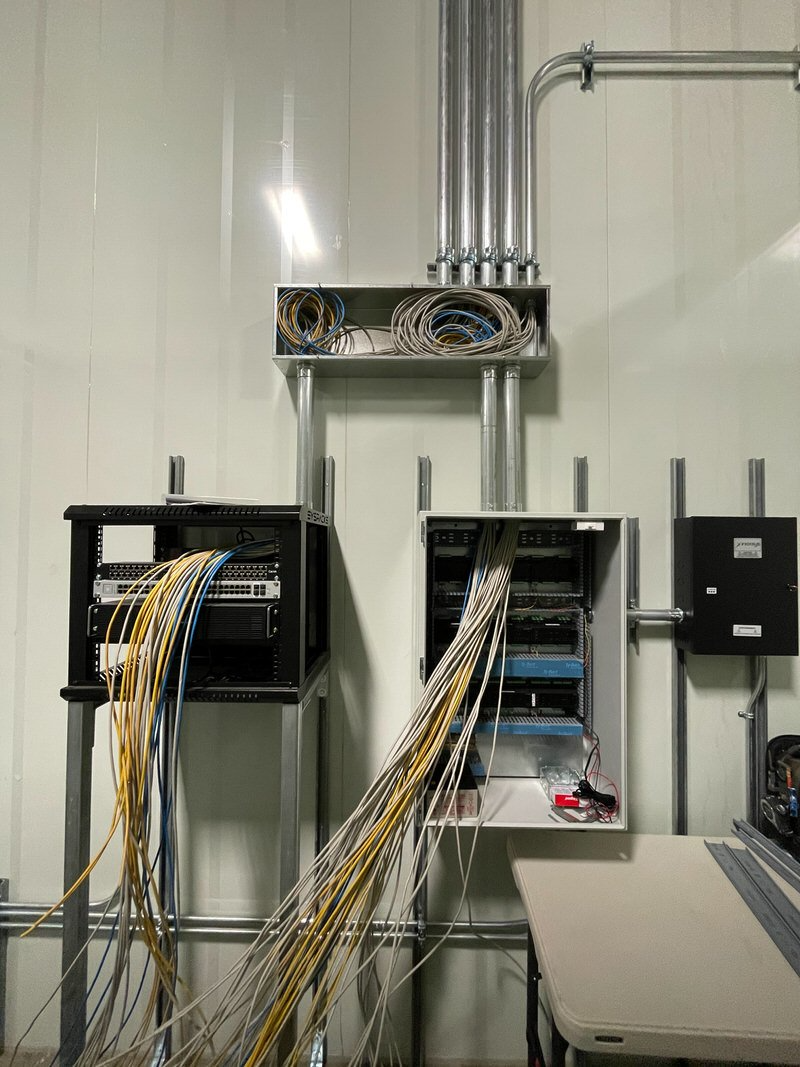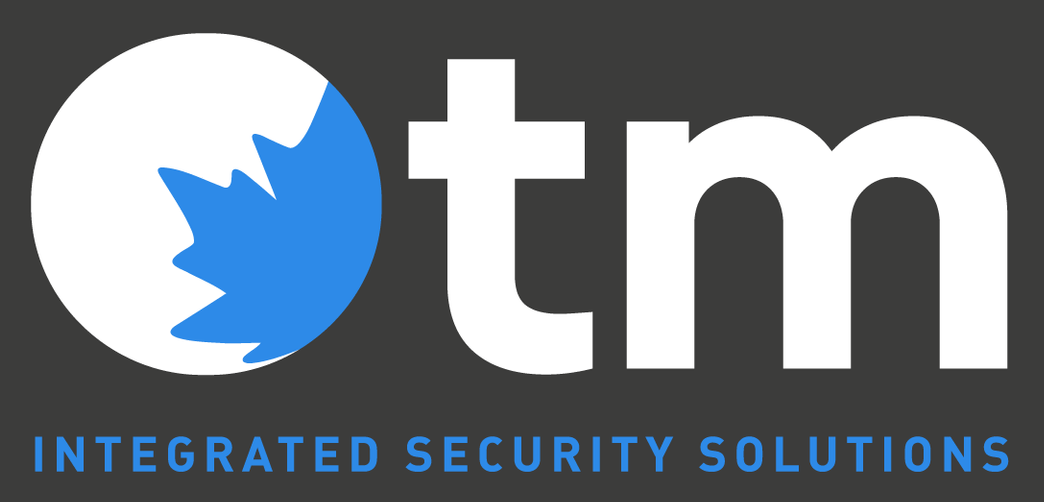How to Get a Growing License from Health Canada
by Jason Tobias, August 13, 2021
This is a guide about how to get a commercial licence to grow cannabis in Canada.
This article focuses on the federal licensing process but you will also need to consider local and provincial regulations when planning your project.
For more information, check out the reading list at the bottom of the page.
Otm Systems has been getting LPs licensed since federal legalization. We design, install and operate security systems that are compliant and cost-effective.
Need a hand with security for your project? Book a call to get started.
Consultations are always free and confidential.
The Cannabis Act and Health Canada
What is the Cannabis Act in Canada ?
In October 2018, Bill C-45 was passed into law by Parliament as The Cannabis Act.
This act legalized recreational use of cannabis aka Marijuana for adults aged 18 years or older.
It also created new rules regarding cultivation, distribution, sale, possession, transportation, importation and exportation of cannabis products.
What are the Types of Cannabis Licences ?
There are three main licences that allow people to cultivate, process, sell and transport cannabis: Cultivation Licence, Processing Licence and Medical Sales Licence.
Applicants may apply for any combination of class or subclass of licences for the same site.
For example, cultivation and processing can be conducted at the same facility.
Other federal licences include analytical testing licence, research licence, industrial hemp licence and cannabis drug licences.
Cultivation Licence
Cultivation licence holders are allowed to:
propagate, cultivate and harvest cannabis
sell cannabis to other licence holders
In all operations areas except grow areas
The type of licence is the same whether cannabis is grown indoors, outdoors or in a greenhouse.
Processing Licence
Processing licence holders are allowed to:
Conduct physical processes such as separating trichomes from fresh or dried cannabis
Extract cannabinoids
Create cannabis products such as oils, waxes, concentrates, edibles or topicals
Sell cannabis to other licence holders and provincially authorized retail
Sale for Medical Purposes Licence
Sales for medical purposes licence holders are allowed to sell to registered medical consumers.
There are two two licence sub-classes, Sale with possession and Sale without possession.
Micro Cultivation Licence - Micro Processing Licence
Micro licences are intended for cultivators with less than 200 m² of planting area or processors with an annual throughput of less than 600 kg dry equivalent.
Micro licence holders are allowed to perform the same activities as standard licensees but they are subject to less stringent physical security requirements.
Application Process
Below is a summary of the steps for applying to Health Canada for a cannabis licence.
Remember that you will also require approval from local authorities and the Canada Revenue Agency.
Be Familiar with all Legislation
Pro-tip 👉👉 Read the regulations and all the supporting documents. Easier said than done, but making this investment early will pay dividends.
The process is complicated, every application is different and there is no one size fits all solution.
You are your own best advocate when dealing with regulators, bureaucrats or consultants.
When you're told something fishy, the magic words are
“can you please tell me where in the regulations it says that"?
Decide on the Type of Licence to Apply for
The type of business you can run depends on the licence type you apply for.
Standard licences offer more flexibility but meeting the requirements are more costly.
Your budget, schedule and expected outcomes all play a role.
Remember that licences can be amended or expanded. It may be practical to start small and grow your operation in phases.
Develop your Site
Before an application for processing, cultivation or sale with possession can be processed, the applicant must submit a site evidence package showing that the facility is functional and complete.
This change was implemented in 2019 by Health Canada in order to “better allocate resources”.
Getting to this stage will vary in complexity depending on the type and location of the facility. In many jurisdictions building permits and approval from local authorities is required before starting construction.
The pre-construction phase is often where aspiring LPs become stuck due to zoning issues, neighbour complaints or service availability.
Address as many of these issues as possible before purchasing a property or signing a lease.
Indigenous affiliated applicants who choose to self-identify in their application can also request a two-stage review that allows a licence application to be submitted without a fully built physical site.
This is known as the Indigenous Navigator Service.
Site Security
Standard cultivation, standard processing and medical sales with possession licences require physical security measures as part of their site.
Security measures include visual monitoring, intrusion detection, access control, monitoring and record keeping.
For further information check out our other blog posts on the
physical security regs,
outdoor cameras and
alarm monitoring.
Create Account in the CTLS
Health Canada's Cannabis Tracking and Licensing System, or CTLS, is a web site for the submission of new licence applications, requests for amendments and licence renewals.
Once licensed it is also used for submitting monthly tracking reports.
Associated Individuals
User accounts are also required for individuals associated with the application. These Key Individuals include directors, the Head of Security, the Master Grower, the Quality Assurance Person (QAP) as well as responsible persons and alternates.
An individual may hold one or more roles at one site. In some cases an individual may hold the same role at multiple sites. This is applicable for difficult to fill roles such as the QAP.
Mailing Address
Not to be confused with the site address or corporate address.
In general, one micro cultivation licence is allowed per civic address.
The cannabis regulations define a site as “an area that is used exclusively by the holder and that consists of at least one building or one part of a building.”
There can be multiple licences and/or sites at the same civic address.
Licence class and subclass
Identified as "site activities" in the CTLS.
This is where the applicant identifies the activities they will perform at their site including the type of cannabis classes on which they will conduct activities.
The different cannabis classes, not be confused with cannabis licence classes, are as follows:
- dried cannabis
- fresh cannabis
- solids containing cannabis
- non-solids containing cannabis
- cannabis concentrates
Site Details (including Activities)
The site details section provides an overview of the location and the surrounding area. Required information includes:
- Latitude and longitude of the site
- Site survey, accurate and up to date
- Aerial view, accurate and up to date, showing the site and surrounding area within 500 meters
- Production capacity
- Listing of outdoor and indoor areas and the activities to be conducted within.
Site Personnel
The applicant must identify personnel such as the head of security, master grower, QAP and alternates. If a QAP is required, a summary of their qualifications is also required.
Site Ownership
The site owner must provide a signed declaration consenting to the activities being performed with cannabis on the site. If the applicant owns the site this is declared in the application.
The requirement to provide consent gives landlords significant leverage over applicants. Ideally this issue should be addressed before undertaking any lease agreement on a potential site location.
Notices to Local Authorities
Local fire, police and municipal authorities must be notified of a cannabis licence application for a site in their jurisdiction. Your application submission does not require a confirmation from the municipality by default.
This is a separate step from the permit and zoning approval process.
Physical Security and Organizational Security Plan
Every licence class requires an organizational security plan (OSP) but the physical security requirements are different for standard, micro and medical sales licences.
The application needs to include site plans, an evidence package and a detailed description of how the physical security requirements are met.
The site evidence package includes a guided video tour of the site, photos of the site perimeter and security camera footage.
There are no bonus points for professionally produced video,
but it is very important to ensure that naming for all rooms, areas and devices is consistent across all photos, videos, floor plans and documents.
Good Production Practices
Good production practices (GPP) must be followed to ensure that cannabis is produced consistently and products meet appropriate quality standards.
Applicants must show how their facility and processes are designed for sanitary conditions, effective cleaning and prevent the introduction of extraneous substances such as pesticides.
Indoor facilities should also be equipped with filtration and ventilation to prevent the escape of odours. This requirement can become complicated at facilities that combine indoor and outdoor areas. Despite the fact that there is literally a field of cannabis growing right there, Health Canada will still look for confirmation that odour control measures are in place.
Record Keeping
The difference between compliance and good-intentions is documentation.
Being an LP means tracking and recording huge amounts of information about every aspect of your operation.
Signing an attestation promising to keep records of inventory, destruction, security, production, packaging, labelling, recalls and everything else is one thing. The real trick is doing the work to stay compliant.
The biggest compliance issue LPs run into once licensed is documentation.
We recommend
Certifcraft or
Elevated Signals for record keeping.
Key Investor Reports
Key investors are those in a position of power or control over the licence holder.
Privately held LPs need to disclose key investors. Even sole proprietors with 100% controlling interest are required to disclose themselves as key investors and submit to the reporting requirements.
Self Identification as Indigenous Affiliated
The CTLS includes an opportunity to self-identify as
Indigenous affiliated.
Indigenous affiliated applicants are able to request a two-stage review that allows a licence application to be submitted without a fully built physical site.
This is also known as the Navigator Program.
Submitting an Application
Submitting the Application
A completed application includes entering all required information into the CTLS and submitting the site evidence package. Evidence packages need to be received within 10 business days of the submission of the application.
Evidence packages can be submitted either via electronic file transfer (preferred) or USB storage device. There are no other methods available.
After Submission
Once the application has been submitted it is screened then reviewed by Health Canada.
Application screening
The screening process is conducted according to a regimented process. Each application is checked for completeness and legibility.
Previously the first communication many applicants received after submission was an “Intent to Refuse” letter although as of late it appears that applications are moving straight to the review queue.
Although it sounds scary, this letter demonstrates that the application is being considered and gives the applicant an opportunity to respond.
In many cases the response is simply a matter of clarifying information already submitted.
Review and Security Clearance
Every application undergoes a thorough review seeking literal evidence of compliance with every line of the regulations.
In almost all circumstances Health Canada will request additional clarifications from the applicant during the review process. This is known as an RMI or a “request for more information”.
During the screening process multiple rounds of RMIs are to be expected. This is a sign that the application is being considered and should not be taken as a negative. This stage is best seen as a dialogue, not a test.
Show how you meet the regulations and give the reviewer a reason to say yes!
Security clearances applications are also processed at this stage.
Pre-Licensing and Approval Process
In some cases an on-site pre-licence inspection will be conducted by a Health Canada representative.
This step is currently suspended due to the pandemic.
Issuance of Licence
Once the review is complete, including if applicable a pre-licence inspection, and security clearances granted, the applicant is granted a licence.
Immediately after issuance of the licence the applicant becomes an LP and can begin operations.
Refusals and Withdrawals
Applicants can withdraw from the process at any time without prejudice to submitting another application.
Health Canada can refuse to consider an application if it has reason to believe that issuing a licence is likely to create a risk to public health or public safety. This is a statistically rare event.
Applicants are most commonly given a chance to respond to any deficiencies in their application prior to refusal.
Changes to an Application
Once an application is submitted, changes cannot be made to the application within the CTLS. Changes must be made by contacting Health Canada directly via email.
Summary
Becoming an LP is a long process. It takes planning, diligence and perseverance.
Nearly three years after legalization, more than 700 licences have been issued to individuals and businesses across the country.
Challenges remain, but the resources available for aspiring licensees have increased significantly.
If all this is still mumbo-jumbo to you, that’s okay. We can help.
Book a call with Jason for a free consultation about your cannabis project.
We specialize in security systems for Health Canada compliance.
Sources and Further Reading
We regularly consult the following resources and recommend you do too.
✅Join the micro cultivation community on facebook.
✅The Government of British Columbia’s has a comprehensive guide “How to Become a Licensed Cannabis Producer in B.C.”
✅Check out the Health Canada’s Summary of Application requirements for cannabis cultivation, processing and medical sales licences.
✅StratCann is a great resource for industry news.
✅If you haven't already, read the Cannabis Regulations.
✅Health Canada's Guide to Good Production Practices
✅Health Canada's Guide to Physical Security Measures
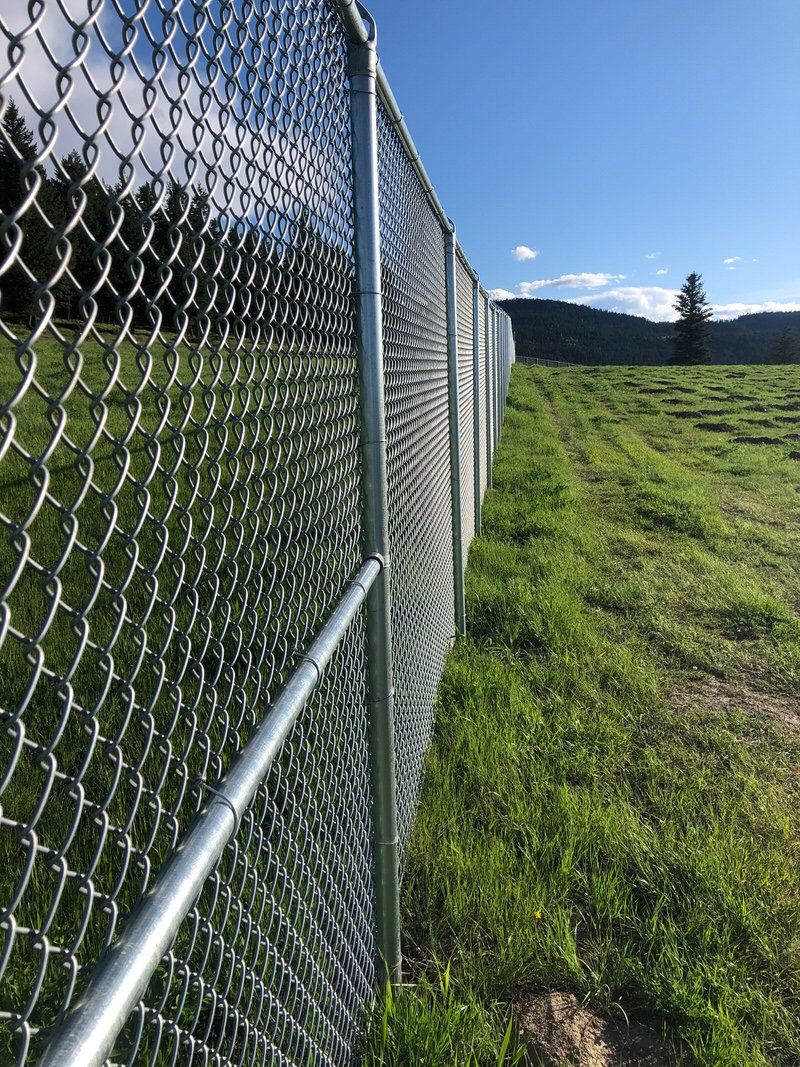
/ CONTACT
Let's talk, meet,
work together.
Send us an email.
Let's Connect:
New Paragraph
All Rights Reserved | Otm Systems Ltd. | BC Security Licence B6543 | BC Contractor LEL0209876
Privacy Policy | Terms | Disclaimer
